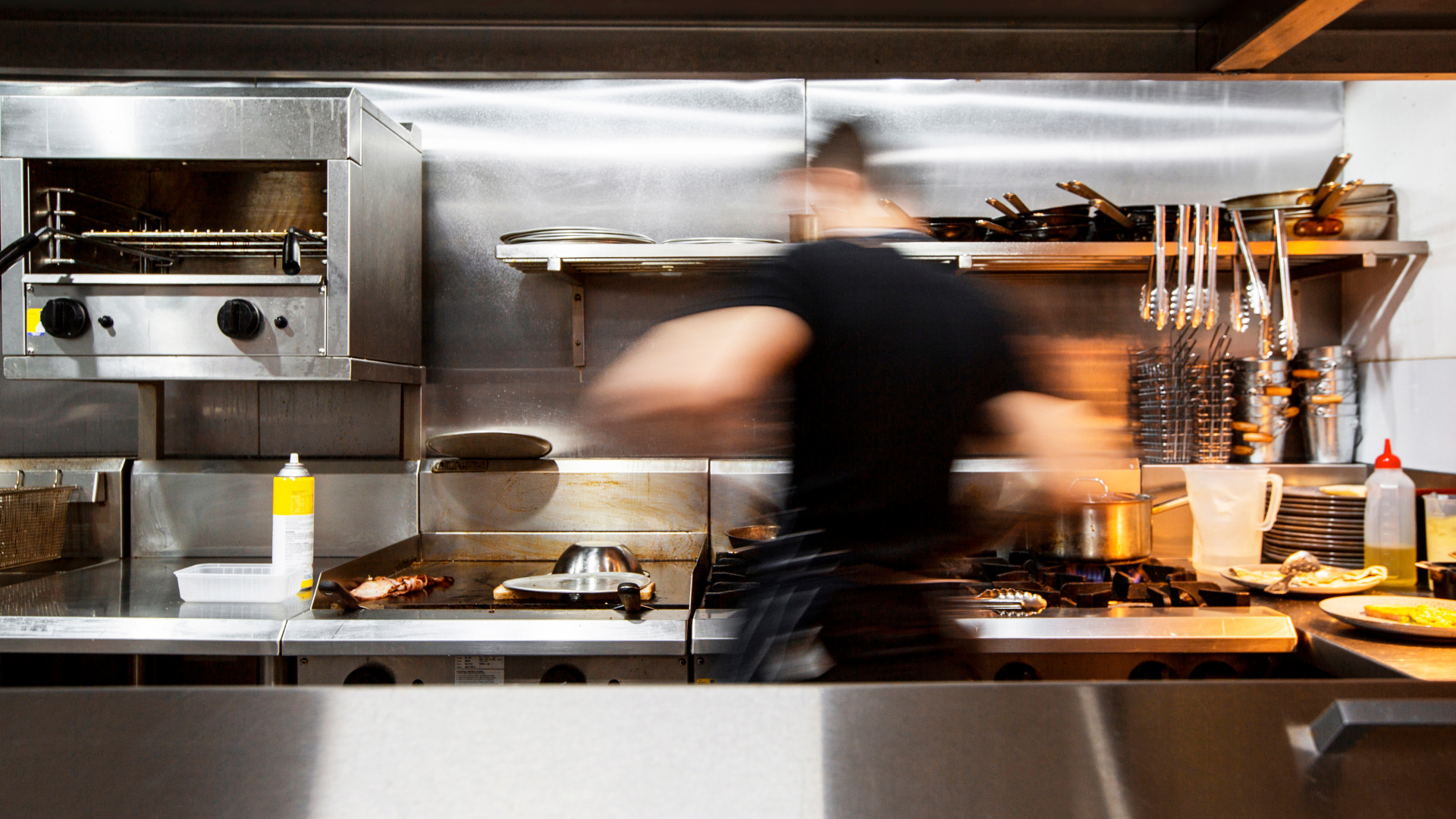This guest post about operating a Ghost Kitchen is from Victor Delgadillo, a freelance writer with extensive experience in the F&B industry. From cook to restaurant consultant, he has worked as a marketing specialist striving to educate people about restaurant management and marketing.
Introduction
Opening a ghost kitchen today is an affordable path to get started in the food and beverage industry. But, like in other business ventures, new entrepreneurs can underestimate the difficulty of creating and running a successful ghost kitchen. In this article, we’ll share some tips that will help you run a profitable and organized ghost kitchen that will improve your chances of success. Let’s get right into it!
1. Study the Business Model Thoroughly
Ghost kitchens are a relatively new business model. They are small and asset-light when compared to restaurants, as well as easier to manage. That’s why they’re underrated in terms of difficulty – but few achieve a successful ghost kitchen business if they get started with these assumptions. Ghost kitchens are not as simple as you might think. A few aspects make them almost as difficult to manage as other food businesses. Preparing your mindset, creating proper strategies, and planning the business structure and operation are essential steps. Even if you have experience with restaurants, the experience doesn’t translate into good practices with this type of business. That’s why the first tip is to study the business model, its opportunities, and shortcomings before getting started. That might save your business from a rough start!
2. Start Small, Stay Small
Restaurants are often forced to change, adapt to customer preferences, and evolve to satisfy their needs effectively. But ghost kitchens are different because they can start small and stay small in terms of gastronomic offers. Small and limited menus are an advantage for this type of business because they benefit from niche markets or market gaps that aren’t as advantageous for restaurants. That’s why you can find a small gap in the market, something nobody else is offering in your city, and get away with creating a profitable business around it. Even though restaurants seem better suited to do the same, they often have to appeal to broader audiences to stay profitable and keep up with costs. Since ghost kitchens also operate in small spaces with limited staff, they don’t need a big menu to do so. Finally, you can make the mistake of grabbing more than you can take to fail miserably. Stay small!
3. You Can Diversify
Yes, we said you should stay small, but there’s a way of diversifying unique to ghost kitchens – multi-brand ghost kitchens! If you’re hungry for success and optimal profitability and are not scared of hard work, you can manage more than one brand in the same space. For example, you can create a brand to offer breakfast and brunch in the morning until 11am and create a separate brand to offer lunch and dinner after 12pm. You’ll be operating two businesses under one roof to maximize profits. Additionally, you can create a following for both businesses and provide complementary offers. Alternatively, you can even offer different types of food.
4. Handle a Tight Ghost Kitchen
Inventory and cost management play a vital role in all F&B businesses, but it’s even more so in ghost kitchens. That’s why once you open, you must keep an eye on average sales per day, per month, and more. Standard practices like FIFO – first in, first out – will help you avoid waste and losses, and knowing your average daily sales will help you buy what you need. Another good practice is to keep tabs on your business’ growth by tracking your sales so you can keep up with your inventory purchases. An efficient method is to use a POS system like Waiterio, which offers the following data and tools:
- Daily, weekly, and monthly sales reports
- Insights into your best-selling dishes
- And even an automatically generated website with an online menu
That way you can assess how much you need to buy to keep your inventory tight, fulfill every order, avoid waste, and avoid occupying extra space in your kitchen.
5. Invest In Efficient Marketing
Marketing is crucial for any food business. It’s even more so for ghost kitchens because they don’t benefit from having a venue where customers can walk in or recognize. That’s why taking advantage of efficient marketing and branding practices is vital. You must study the best places to market your business, which most likely will be social media. Social media can help you target specific types of people and turn them into customers with attractive offers and promotions. You must also invest in the following:
- Professional photography and videography to attract your customers with the appearance of your food. If your food looks good, it’ll sell much better!
- Professional marketers to help you target the right audience
- Branding and graphic design to make your brand memorable
Of course, you can also invest in courses to learn how to do it or look for free resources.
6. Keep in Mind You Can Outgrow The Business Model
Something few people mention is that ghost kitchens can be an amazing tool to explore a specific niche. If you manage to create a successful ghost kitchen business you can sometimes turn it into a bigger business – it doesn’t even have to be a restaurant. You can adapt any food business into a different model if there’s an audience for it. For example, you can create a restaurant, a food truck, or even a ghost kitchen franchise. It’s important to know how your food business is doing because growth opportunities can present themselves eventually. The truth is ghost kitchens are here to stay.

